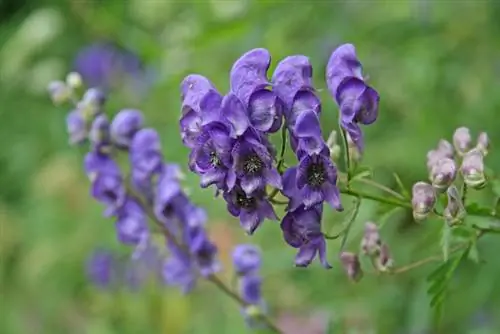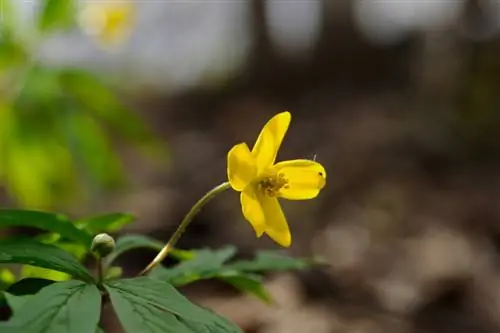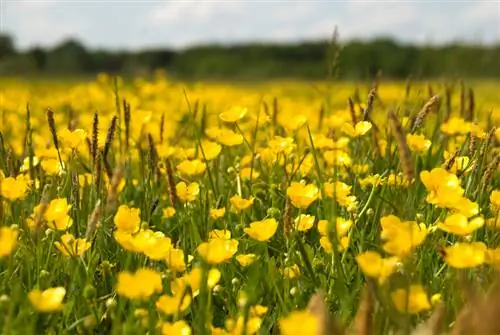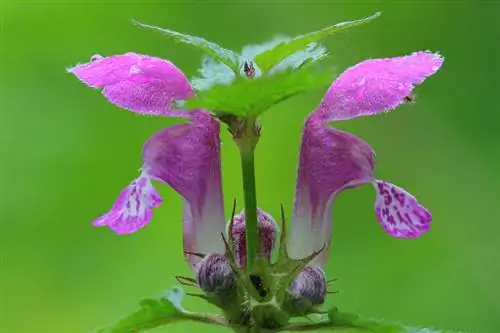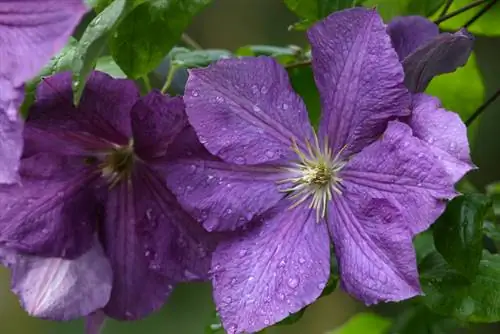- Author admin [email protected].
- Public 2023-12-16 16:46.
- Last modified 2025-01-23 11:20.
Buncrowcups are found all over the world. There are only no deposits in Antarctica. The family of these plants includes a whole range of species that differ in size, flower color and other peculiarities. There are some characteristics that apply to most members of this genus.
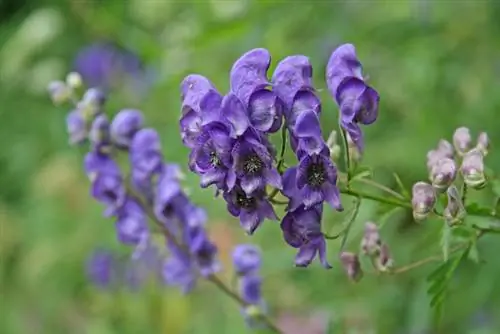
What characteristics are typical for buttercup plants?
Ranunculus plants have characteristics such as different flower colors and shapes, two- or three-lobed leaves that are reminiscent of buttercups, and the presence of hormonal ingredients. Many species are poisonous and contain protoanemonin.
What characteristics do buttercups have?
As different as the many species of the family look, there are some characteristics that apply to at least many species. This particularly applies to:
- Occurrences
- Plant special features
- Flowers
- leaves
- Fruits
- Ingredients
Occurrence and peculiarities of buttercup plants
There are numerous species of the buttercup family, especially in the northern hemisphere.
Most representatives are perennial, but there are also annual species. Most of them are herbaceous plants, one exception is the climbing plant Clematis.
Flowers and leaves
Ranunculus plants are angiosperms and are almost always hermaphroditic. The plant often only has one circle of flowers. Some species develop flowers with nectar leaves that secrete nectar. The color and shape of the flowers vary greatly. The number of petals also varies greatly. There are usually more than 20 stamens present.
The number of petals ranges from four bracts, as found in clematis, to a large number of bracts, such as in lesser celandine. The flowers of buttercup or buttercup show five petals that look yellow and shiny.
The leaves are two or three lobed. They are notched or pinnate. The buttercup family owes its name to the leaf shape, which is reminiscent of the foot of a rooster.
Fruits of the buttercup family
The representatives of the buttercup family very often bear follicles or collective follicles. Only a few species develop nuts as fruit.
Ingredients
A special feature of Ranunculaceae is that hormonal components have been found in many members of the family.
Buttercup plants used to play a major role in natural medicine. Even today, species such as monkshood, clematis, hellebore and anemone are still considered medicinal plants. However, the buttercup or buttercup that grows in meadows is only used in homeopathy.
Tip
All species in the buttercup family are poisonous. They contain protoanemonin, which is incompatible with humans and animals. If buttercup plants are dried, the poison breaks down.

